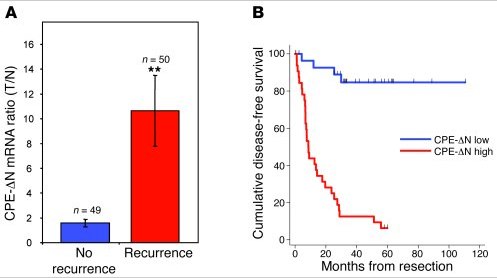On cricket and cancer research…
“How the mighty have fallen so quickly. England were national heroes after winning the Ashes. Now they are national chumps after this shocking and embarrassing defeat.”
Geoffrey Boycott, on England’s surprise defeat by Ireland in Cricket World Cup.
Some of you readers will be aware that I’m a big sports fan, of cricket and football in particular, so my cheerful mood earlier this morning was somewhat muted after learning that the motherland, England, somehow managed to lose to lowly Ireland. In cricket!
Ugh, such is life – all good Englishmen will no doubt down another pint and shake their head in sorrow.
Still, that metaphor got me thinking. In sports, there’s always another game, another tournament, another year – life goes on regardless. While I was growing up, the mighty West Indies were at the height of their scintillating dynasty. Now? Not so much. Yesterday’s champs are tomorrow’s chumps and vice versa. In clinical R&D though, if a major trial flops or is negative, it is rare that a company will go back and reconsider another series of trials with the agent in the same tumour type, even if the trial design was flawed, unless they have others already ongoing or in very late stages of planning.
You get one shot to get right. Maybe two, if you are lucky.
Moving forwards, the incredibly high rate and cost of failures is unsustainable. In the oncology arena, I think we will see the smart companies get smarter about drug development. What does this mean in practice?
- More exploratory, smaller, phase II trials
- Focus on pathways and related activities as targets
- Increased use of translational research in 1) to determine mechanisms of resistance, adaptive pathways, biomarkers, logical combinations
- Greater use of the adaptive trial design to find the best winning combinations
- Increased use of diagnostics and biomarkers to select more clearly defined patient populations (ie smaller subgroups)
These trends are slowly happening now, you can see it more clearly in some pathways such as PI3K-mTOR, for example. The days of taking a targeted therapy and adding it to standard of care chemotherapy in an unselected population, as happened with iniparib in triple negative breast cancer, are unlikely to be the future of cancer research.
What the more intense integration and iteration of basic research and phase II trials will give us is perhaps, a slightly slower development process, but with a much higher chance of success. In my book, that’s a much better approach – cancer patients deserve the best shot we can give them.
Photo Credit: ICC World Cup
Aside: For those wondering, my pre tournament tip was that India would be very strong contenders for this year’s World Cup, if only their bowling manages to get organised. Their batting strength is second to none, but Pakistan have a good chance if the Indian bowling shows any chinks and cracks. Cricket is a team game, after all. England regrouped and recovered to beat the strong Springboks from South Africa, so all is not lost yet! Anybody but the Aussies, that’s all that matters 😉

